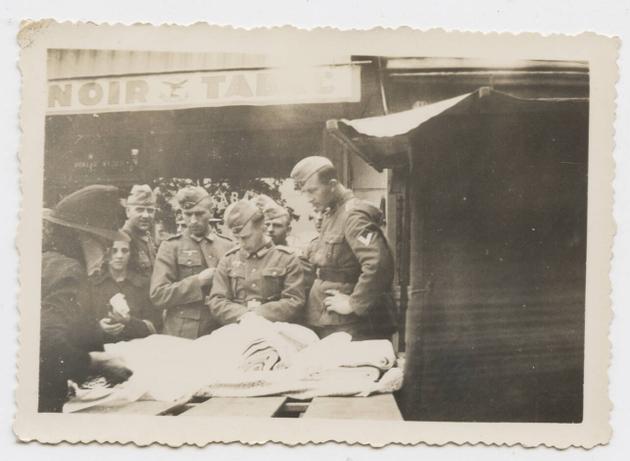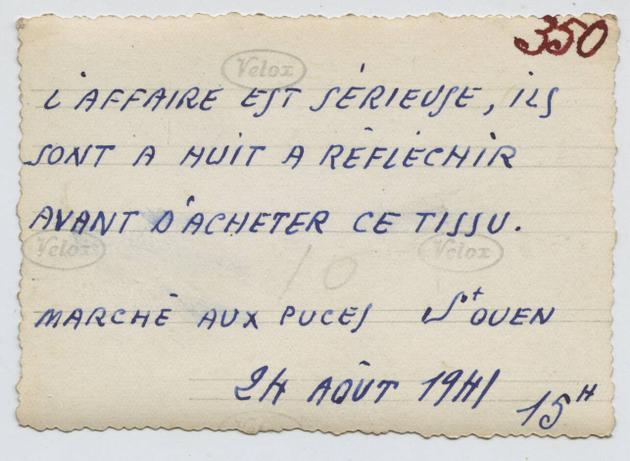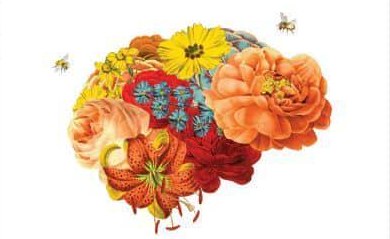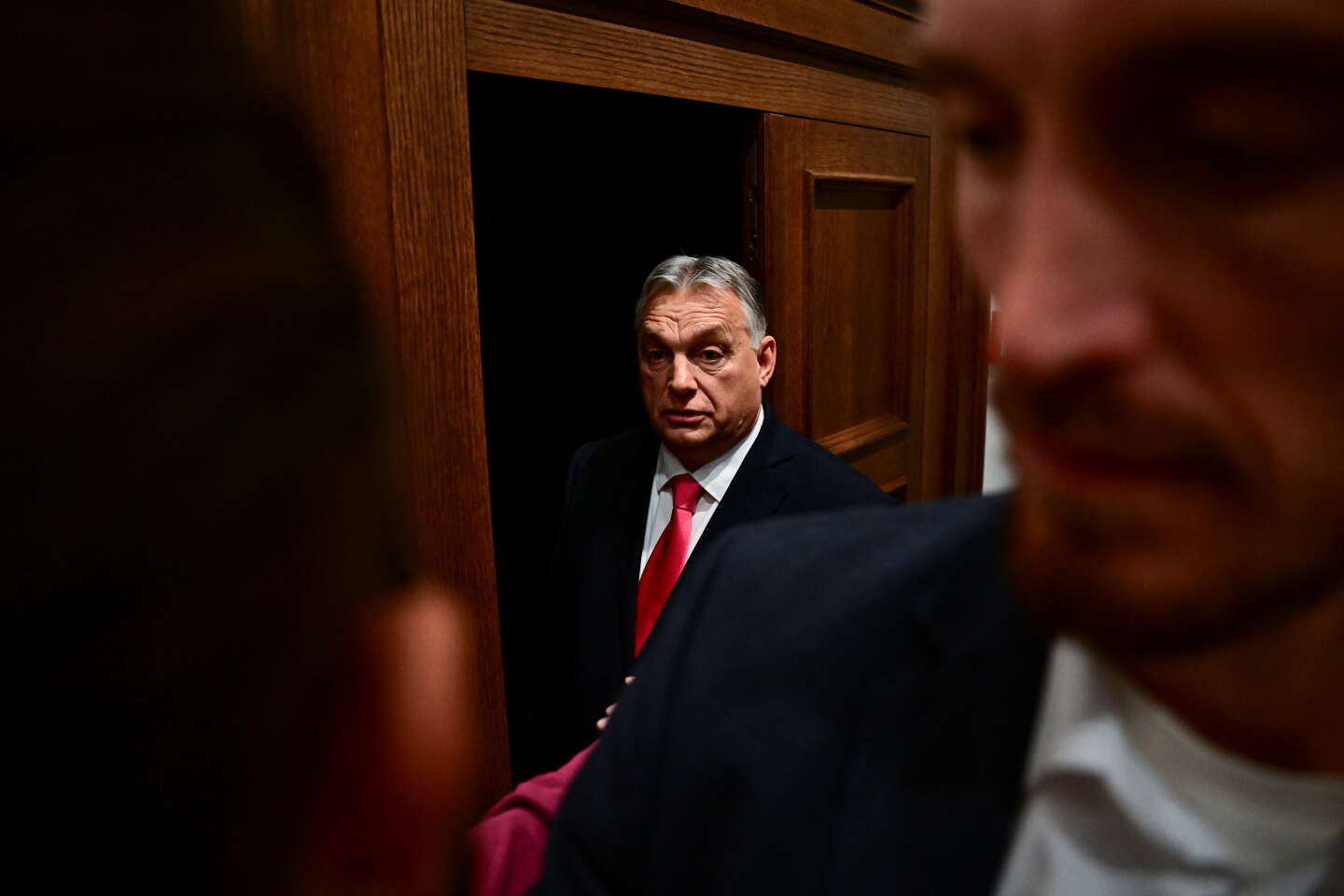The recovered picture of Raoul Minot, the mysterious photographer of occupied Paris – Technologist
So here he is, the forgotten hero… In this previously unpublished photo, probably taken in the late 1930s, Raoul Minot appears to be around 50 years old. He was a handsome man, with white hair and a black suit. His gaze, at once confident and gentle, reflects the pride of a department store executive at Paris’ famed Printemps. Raoul was hired by the renowned Parisian department store in 1911 as a handkerchief salesman, eventually promoted to under-manager in the stock rooms, where merchandise was stored, after his return from the Great War in 1919. Le Printemps Haussmann was his life: His wife, Marthe, also worked there as a cashier. They had a teenage daughter, Jacqueline. They lived in Bécon, in the western suburb of Courbevoie. In many ways, they were an unremarkable, ordinary family, so to speak.
Never judge a book by its cover. Raoul had a knack for fooling people. This seemingly ordinary ID photo, marred by staple holes or paperclip marks, as if it had had several lives on various documents, actually hints at an exceptional life. Above all, it offers us something crucial: a face.
Suddenly, this once-anonymous amateur photographer, a shadow among shadows in the German-occupied Paris of 1940-1942, emerges before us, watching us, taking our attention. We can imagine him on the prowl with his little Kodak Brownie 6/9 camera. From Montmartre to the Gare Saint-Lazare, from the Champs-Elysées to Concorde square and the nearby western suburbs, he tirelessly took shot after shot, quietly building up a treasure trove of some 700 pictures: deserted streets, flea markets, German soldiers strolling arm-in-arm with French women…


Le Monde reported all of this in a series of five articles. This investigation, which began four years earlier after a strange album was found at a flea market by Stéphanie Colaux, a documentary film producer with a passion for photography, ultimately led to the identification of Raoul as the author of these forbidden photos. Most of the them were dated, numbered and featured ironic comments about the “Fritzes” (as he calls the Germans) on the back. At the time, such audacity from an unaccredited Frenchman could have resulted in severe punishment. For the man from Bécon, it meant deportation.
‘Photographer Unknown. Paris, 1940-1942’: All episodes from our series
The last part of our investigation ended with a paradox: there was no photo of Raoul himself. How could we put a face to this name ignored by Resistance experts? Would we have to make do with snippets of information taken from his military file in the archives of Allier, in central France, where he was born? Let’s recall these clues: “1.76 m”; “black” eyes and hair; “bony” face; “rounded” forehead; “broad” nose. All of this described him in his youth when he served heroically in World War I and was awarded the Croix de Guerre. The man in the newly discovered small photo, clearly older, no longer has “black” hair nor a “bony” face, but it’s definitely him. This discovery was made thanks to a Le Monde reader.
You have 85.39% of this article left to read. The rest is for subscribers only.


